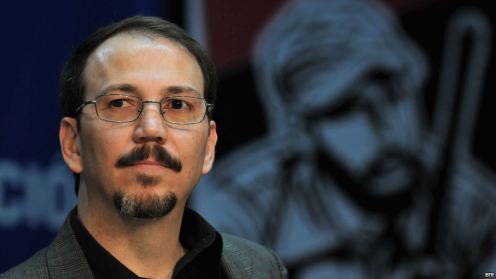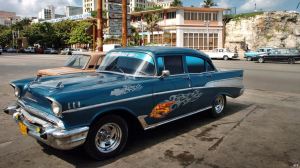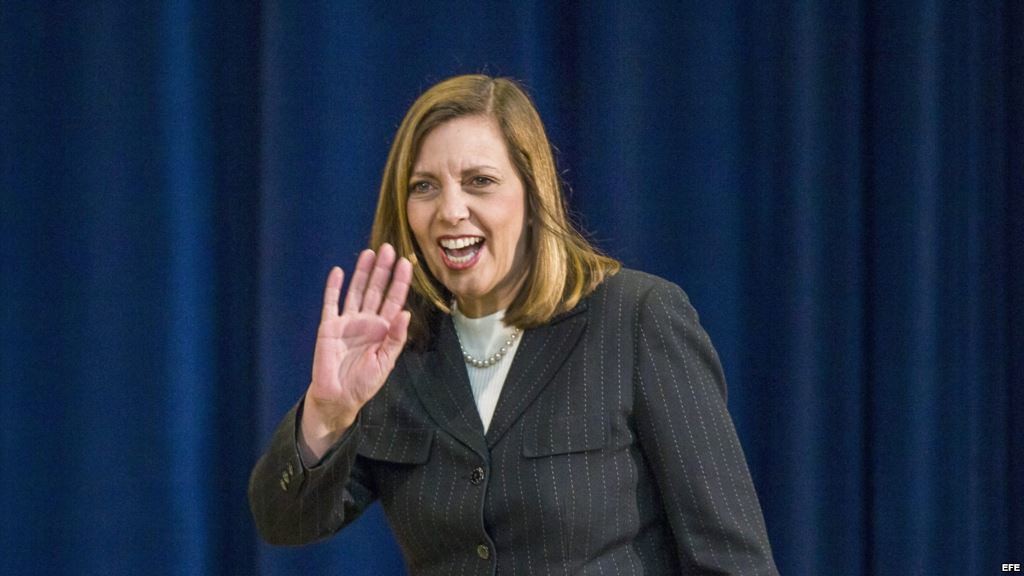 Juan Juan Almeida, 5 October 2015 — Why deceive US businessmen by assuring them they can come to Havana and, just like that, set up shop in Cuba?
Juan Juan Almeida, 5 October 2015 — Why deceive US businessmen by assuring them they can come to Havana and, just like that, set up shop in Cuba?
The Cuban government is cautious and equates the word freedom with a certain brashness. For a foreign business to establish itself and do business in Cuba, it must fulfill requirements so complicated that most businessmen ultimately tire of the process or end up feeling cheated.
Any country that formally announces it is open to foreign investment knows it must face the challenge of improving its quality of education and legal infrastructure.
In contrast to what the revolutionary government proclaims, bureaucracy, corruption, poor teacher training, disorganization and certain practices such as fraud have become the norm and are reasons for the decline of the educational system. continue reading
South Korea, by contrast, was a country that for fifty years was as poor as Haiti. Without resources other than its human capital, it was forced to invest in its own people, achieving a transformation based principally on primary and secondary school education.
Cuba did just the opposite, investing most of its educational resources at the university level. It was a misguided emphasis that demonstrated an excessive preoccupation with the future of the country. For the most part, it favored college students, who ended up being instructed but not well educated. The result was discouragement among graduates and a significant reduction in their numbers.
In terms of the legal system things are no better. The Cuban government has a well designed plan to snare investors through an advertising campaign that highlights business opportunities in a wide-range of economic sectors. But despite an alarming spread of optimism that seems to have infected American businesses, the country does not have credible institutions, clear regulations or a legal code that would protect foreigners who invest in the island. What it does have are hundreds of “hucksters” who take advantage of ignorance, exaggerate their own expertise and have the nerve to call themselves “Cuban business consultants.”
As an old friend often says, “The danger is not in the lie; it’s in the credibility it creates.”
In fact, these clowns — with their freedom of expression, impertinent blather and corporate pretensions — should be jailed for selling the idea to American businesses and businesspeople that in two or three years they can come to Cuba and set up shop.
It is true that the executive branch of the US government recently approved regulations relaxing the sanctions on the island by, among other things, allowing people under the American jurisdiction to establish and maintain a physical presence on the island such as an office, retail outlet or warehouse, and to employ people in Cuba. But none of this is easy.
The Cuban government is cautious and equates the word freedom with a certain brashness. As a result, for a foreign company to establish itself and do business in Cuba, it must first be approved, endorsed and registered by the Chamber of Commerce of the Republic of Cuba.
Only approved companies are allowed to rent space in commercial office buildings, buy vehicles on the domestic market or import them from overseas for business purposes, open commercial banking accounts, do business in Cuba and hire Cubans, which they must do through official employment agencies such as Acorex, Palco and Habanaguex.
I should clarify that, according to government regulations, any Cuban represented by an employment agency must not be unemployed and must also meet the questionable, controversial but essential requirement of “suitability.” In other words, foreign companies, including those from the United States, may not hire their own employees and must accept those hired and previously approved by the Cuban government.
While there are freelance workers, they are illegal by government decree and barred from engaging in business meetings with buyers, sellers, managers or any other official from the business world.
In order for a foreign company, no matter the country, to be listed on the official registry of the Chamber of Commerce, it must first have been doing business in Cuba for three years and have generated a shocking amount of business during that time period.
Fulfilling this requirement does not guarantee getting the desired approval from “the great beyond.” It is mystery comparable to the legendary enigma about which came first, the chicken or the egg.
All this explains why most serious businesspeople who visit the island ultimately tire of the process or end up feeling cheated. Reason enough to ask the “so-called” consultants: Why deceive US businessmen by assuring them they can come to Havana and, just like that, set up shop in Cuba?














